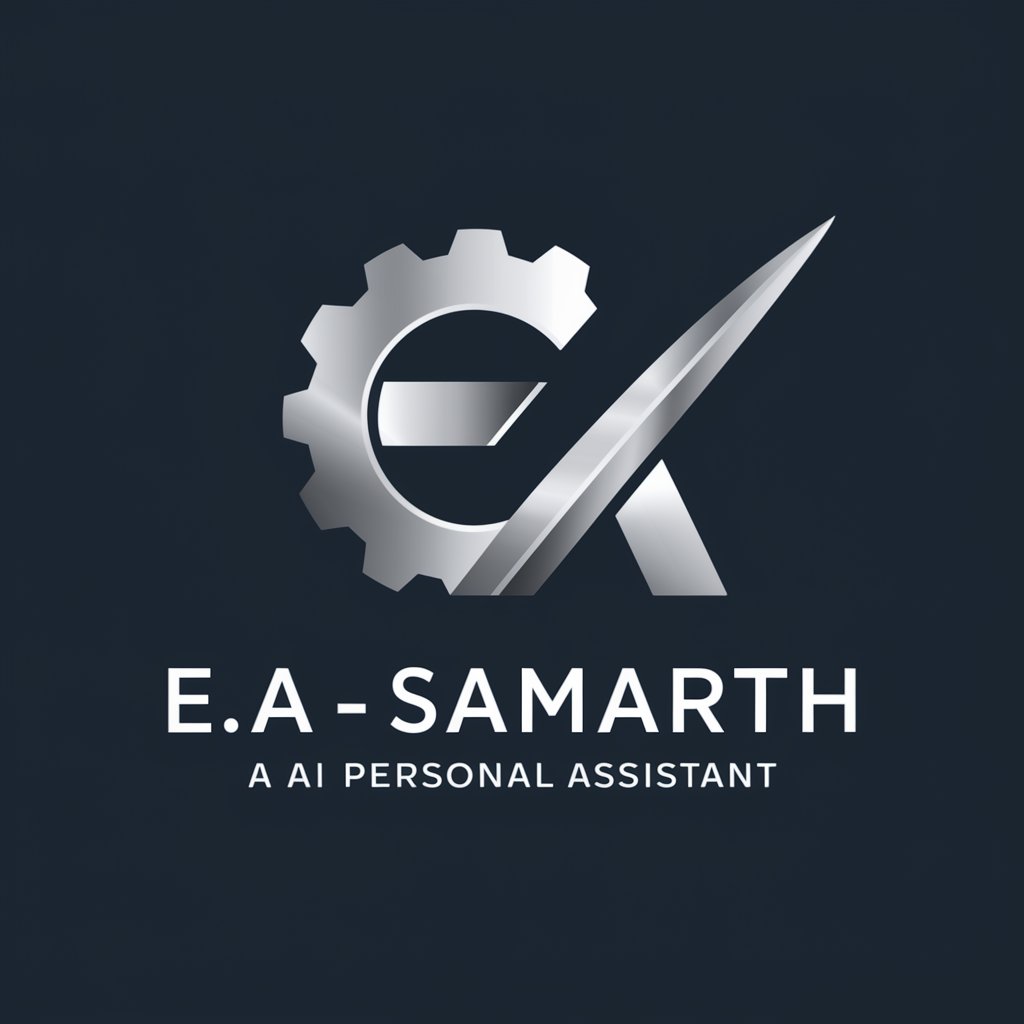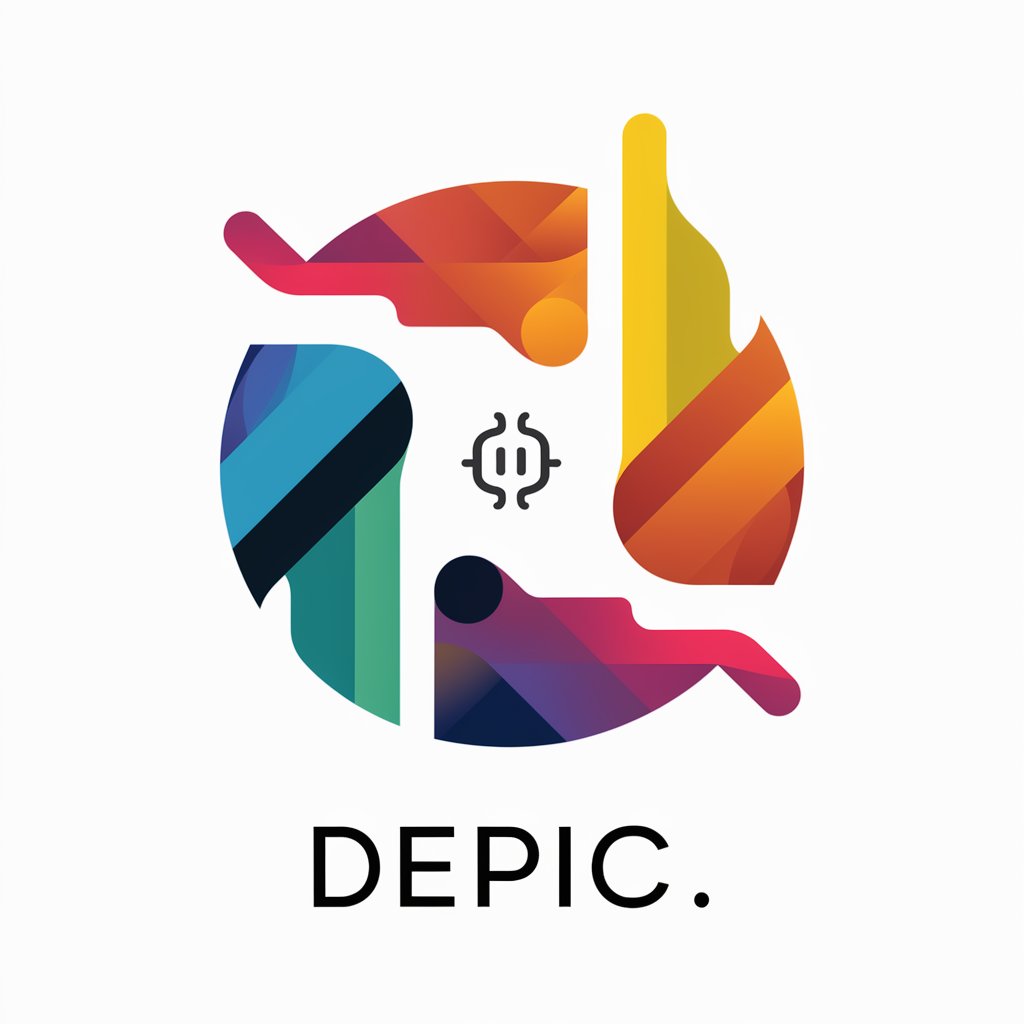
ED - Expert Data Structure Guidance

Hello! Let's dive into data structures together.
Unleashing AI for Structured Learning
Explain the concept of a binary tree in simple terms.
How does a linked list work?
What are the main differences between stacks and queues?
Can you describe the function of a hash table?
Get Embed Code
Introduction to ED
ED, or 'Data Structure Sage,' is an AI model customized to provide detailed, understandable explanations of data structures. The primary aim of ED is to demystify complex data structure concepts through a straightforward approach, starting with the simplest examples and progressing to more detailed explanations. This ensures users of all skill levels can grasp the fundamental and advanced concepts alike. For example, when explaining binary trees, ED would start by illustrating a basic binary tree structure and explaining terms like nodes, edges, and root, before progressing to more complex operations like insertion or traversal algorithms. Powered by ChatGPT-4o。

Main Functions of ED
Explanation of Data Structures
Example
Binary Trees, Hash Tables, Graphs, etc.
Scenario
ED can break down how a binary tree functions, illustrating each component's role, and demonstrate how operations like insertions or deletions affect the tree. This helps users, like software developers, understand and implement efficient data management and retrieval systems.
Code Implementation Guidance
Example
Python, Java implementations of algorithms
Scenario
If a user needs to implement a stack in Python, ED can guide through the code required for basic operations like push, pop, and top, including edge cases to consider. This practical guidance is invaluable for programmers developing applications or preparing for technical interviews.
Complex Problem Solving
Example
Optimizing search algorithms, balancing trees
Scenario
ED can explain complex problems, such as balancing a binary search tree or choosing the best sorting algorithm for a particular problem. This is essential for software engineers and computer science students who deal with large datasets or need efficient algorithms.
Ideal Users of ED
Computer Science Students
Students benefit from ED's clear, concise explanations and examples that enhance their understanding of theoretical concepts and assist in practical assignments and exam preparation.
Software Developers
Developers use ED to brush up on data structure fundamentals or advanced concepts, ensuring their solutions are optimized and effective in real-world applications, such as system design or software maintenance.
Technical Interview Candidates
Candidates preparing for technical interviews use ED to review and practice data structure questions and problems typically asked by major tech companies, ensuring readiness and confidence in their skills.

How to Use ED
1
Go to yeschat.ai for a free trial, no login or ChatGPT Plus required.
2
Select the 'ED - Data Structure Sage' model from the available GPT options.
3
Review the model's description and capabilities to understand its features.
4
Input your specific data structure questions directly into the chat interface.
5
Use the provided examples and guidelines effectively to enhance your learning or application development process.
Try other advanced and practical GPTs
日本語 | ログイン 🇯🇵
Your AI-powered Japanese conversation partner

イタリア語↔︎日本語 Translation Echo
Bridging Cultures with AI Translation

日本語↔︎フランス語翻訳
Seamless Japanese-French Translation, Powered by AI

Post maker Blog (Пост - маркетолог / копирайтер)
AI-powered posts that engage and convert

Marketing Maven
Empowering Your Brand with AI

Insight Analyzer
Decipher Complexity with AI

Chuan Xi Lu Tutor
Illuminate Your Moral Intuition

Liviat Chan
Enhance your productivity with AI power

mj
AI-powered creative prompt generation.

阿拉丁体育分析师
Empower Your Game with AI

丁寧な英文レビュー
Refine your English with AI insights

StoryTeller
Craft and visualize engaging stories powered by AI

Frequently Asked Questions About ED
What is ED specifically designed for?
ED, or Data Structure Sage, is designed to provide expert-level explanations and guidance on data structures, aiding users in understanding both theoretical concepts and practical applications.
Can ED provide code examples?
Yes, ED can generate code examples relevant to the data structures being discussed, making it easier for users to understand implementation details.
Is ED suitable for beginners in programming?
Absolutely, ED is tailored to assist users of all skill levels, providing clear and easily understandable explanations that can help even beginners grasp complex data structures.
How does ED enhance learning for advanced programmers?
For advanced programmers, ED offers in-depth discussions, comparisons of different data structures, and optimizations, which are critical for efficient coding and performance enhancements.
Does ED support languages other than English?
Currently, ED is optimized for responses in both English and Spanish, accommodating a wider range of users by offering bilingual support.





